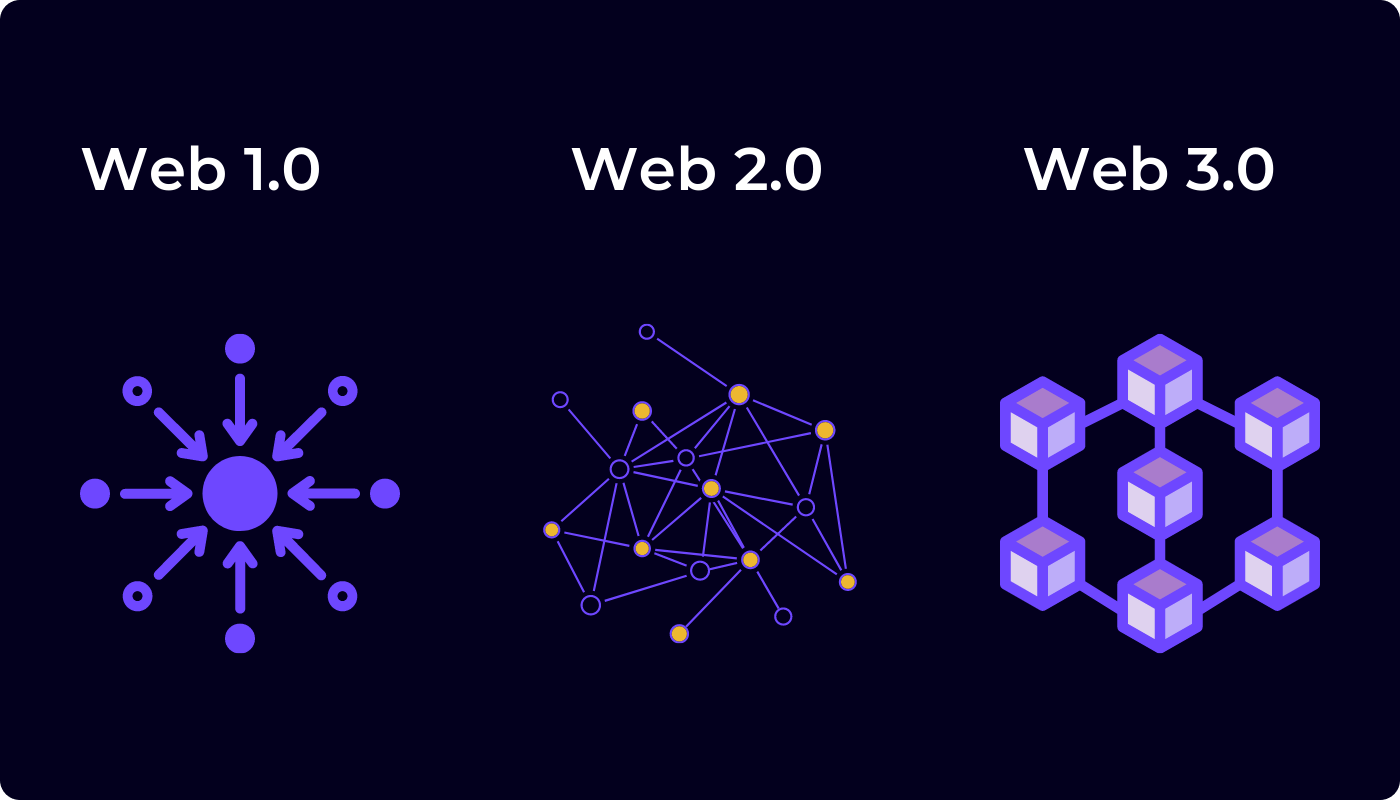

The concept of decentralization has been around for centuries, with examples dating back to ancient civilizations. However, the modern concept of decentralized networks as we know them today began to emerge with the development of the internet.
One of the earliest decentralized networks was the Usenet system, which was developed in the 1980s as a way for users to share information and communicate with each other. The Usenet system was decentralized in the sense that it was not controlled by a central authority, and users were able to freely share information without the need for permission.
The development of the World Wide Web in the 1990s also contributed to the emergence of decentralized networks, as it allowed for the creation of decentralized websites and online communities. However, these early decentralized networks were still reliant on centralized servers and were vulnerable to censorship and control by governments and other central authorities.
The breakthrough for truly decentralized networks came with the invention of blockchain technology in 2008. The blockchain, which was first implemented as the underlying technology for the cryptocurrency Bitcoin, is a decentralized and distributed ledger that allows for secure and transparent transactions without the need for a central authority.
Since the development of the blockchain, decentralized networks have become increasingly popular and have been used for a variety of applications, including financial transactions, data storage, supply chain management, and more.
Decentralized networks have the potential to disrupt traditional industries and business models, as they allow for greater security, transparency, and control for users. They also have the potential to enable greater freedom and access to information and services, as they are not reliant on a central authority.
As decentralized networks continue to evolve and become more prevalent, it will be interesting to see how they shape the future of the internet and the way we interact with each other and the world around us.
210 5th Ave
New York, NY 10010, USA
+1 (424) 332-8361
Jana Pawla II 27
00-867 Warsaw, Poland
+48 792 747 357
© 2025 Inbound Marketing and BI Agency for Programmatic companies. All rights reserved.